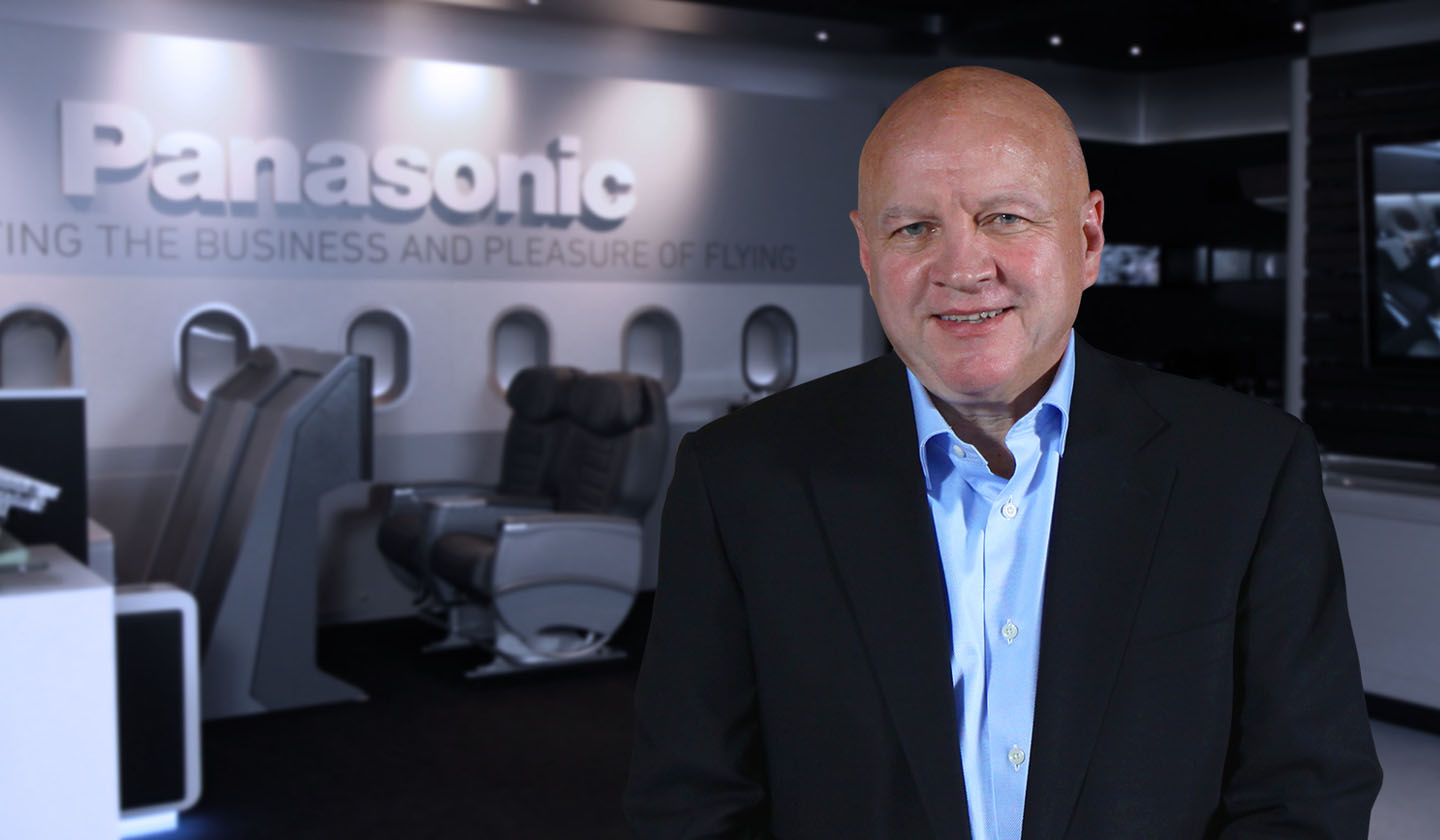Dave Bartlett is the Chief Technology Officer, Chief Information Officer and Chief Information Security Officer at Panasonic Avionics. He came to the company in 2017 after a long career at IBM and GE Aviation. In this guest post, he examines the aviation industry’s relationship with digital transformation.
Companies around the world are in the throes of digital transformation, and the airline industry is no exception.
New and evolving technologies — artificial intelligence, data analytics, cloud computing, Internet of Things, virtual reality — are coming fast and furious. It’s an overwhelming feeling: How can you possibly know which technologies will be the most useful to your company, and which are merely passing fads?
The airline industry may be known for lagging behind on innovation. Shrouded in a uniquely regulatory landscape, airline companies are not free to simply throw tech at the wall and see what sticks. But in this climate of rapid change, we actually have an advantage in taking our time: We can watch, learn and be inspired by other industries that have moved first.
Out With the Old, In With the New
The constant inundation of “new” technology makes it easy to feel your tech is “old”.
Think about Nokia. Remember those short, stubby cell phones that looked like a shrunken-down cordless phone? Like millions around the world, you at one point probably owned one. Then the iPhone made entry into the market, decimating all those who came before it. Blindsided, Nokia stumbled badly.
But the story doesn’t end there. Nokia was able to reinvent itself and claw back some of the mobile market with its new phones. BlackBerry, too, has had a remarkable turnaround after being considered down for the count. These companies paused, became shrewd students of the change around them, and then plotted their re-entry. They are still overshadowed by Apple — but it’s important to know that they can learn new tricks to maintain or regain relevance in this fast-paced world of technology.
The question now is: What do you do with that knowledge?
When figuring out how to get from “we should transform” to “we are transforming,” the devil truly is in the details — but it takes big thinking first.

“Digital transformation is, by definition, a disruptive force and painful process that can shake the very foundations of companies, especially well-established companies that have historically dominated a market.”
-Dave Bartlett
Collaboration Is Key
As a trained biologist and computer scientist, I tend to look at things with system thinking. How do the parts impact the whole? In this case, aviation is not the whole; rather, it is a member of a technological ecosystem that feeds off of collaboration.
That’s the thinking I brought with me to Panasonic Avionics when I joined the company last year, after spending many years at IBM and a few at GE Aviation. New technologies developed outside of aviation have enormous potential when applied to the airline business. For instance, new energy-efficient LED lights and air filtration systems can reduce maintenance and replacement costs. Sensors can enable a shift from scheduled maintenance to predictive maintenance, eliminating unnecessarily costly upkeep and prolonging a machine’s life expectancy. Tightening up spending by gaining new efficiencies and cutting excess is at the heart of digital transformation.
The best part is, aviation companies don’t need to reinvent the wheel to get rolling with some of these technologies. Instead, strategic partnerships can jumpstart companies’ innovation engines without having them invest millions of dollars and man-hours into proprietary research and development.
Bracing for Change, Basking In Opportunity
In aviation, heavy regulations can sometimes make us less agile than we’d like to be. Finding those pockets of opportunity — those cracks in the regulatory framework that make room for innovation — can make digital transformation an exciting prospect rather than a task to accomplish out of duty to shareholders.
Still, it’s not all coming up roses. Digital transformation is, by definition, a disruptive force and painful process that can shake the very foundations of companies, especially well-established companies that have historically dominated a market.
We’re not immune. As you know, Panasonic Avionics is and has been the world leader in IFEC systems for decades. Considering our size and longstanding, worldwide connections, it’s been tough for newcomers to eat our lunch.
No more. New and unlikely competitors are emerging in the IFEC and airline cabin markets almost daily.
Thankfully, Panasonic Avionics is in a unique position. As a subsidiary of one of the largest and most innovative tech businesses the world has ever known, we are members of a fertile, fruitful ecosystem that enables us to think big and act fast. This agility is central to our power in delivering unparalleled value and relevance to our partners, no matter the stage they’re at in their own digital transformations.
At the end of the day, digital transformation in the aviation industry isn’t about tearing a company down just to rebuild it. It’s about applying useful technologies to develop more efficient, effective operations and passenger experiences, and in turn helping to usher companies into a new golden age of opportunity.
We’re continuously transforming and helping others transform. For instance, Panasonic acquired behavioral AI and deep learning company Arimo last year, and through a strong partnership with Amazon Web Services we’re building out its capabilities fast. The goal: To give our customers the kinds of deep analytics-based insights they need to stay competitive in the new world.
Digital transformation in the modern era of air travel lays out an exciting path forward. We’re honored to have you join us.



